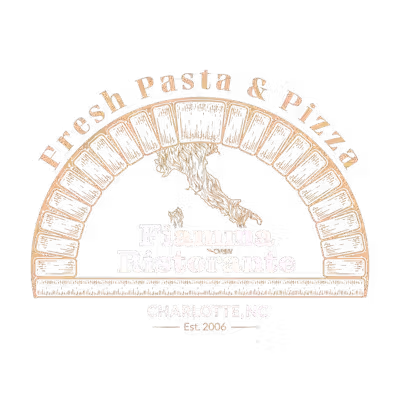Why the Elizabeth Neighborhood Still Charms: A Desirable Slice of Charlotte
- Jim Fagan

- Mar 20
- 2 min read
Elizabeth, one of Charlotte's oldest and most beloved neighborhoods, consistently ranks high on lists of desirable places to live. Its enduring appeal stems from a unique blend of historic charm, modern convenience, and a vibrant community spirit. While Charlotte rapidly evolves, Elizabeth retains a distinct character that draws residents and visitors alike.
A Tapestry of History and Architecture:
Stepping into Elizabeth is like stepping back in time. Turn-of-the-century homes stand proudly alongside cozy bungalows and meticulously restored Craftsman-style dwellings. The mature trees lining the streets add to the neighborhood's tranquil and established atmosphere. This architectural diversity provides a sense of history and individuality, setting Elizabeth apart from newer, more uniform developments.
It is the second oldest streetcar suburb in Charlotte, with the first being Dilworth. One important distinction is that much of the neighborhood is located in the Elizabeth Historic District, which is part of the National Register of Historic Places. Living in a property within the district means it comes with certain benefits or protections related to preservation of the historical feel of the area. It is also home to Novant Presbyterian Hospital, which was formerly Elizabeth College.
Urban Living with a Human Scale:
Despite its proximity to Uptown Charlotte, Elizabeth maintains a comfortable, walkable scale. Residents enjoy easy access to plenty of amenities without sacrificing the neighborhood's intimate feel. Independent boutiques and locally owned restaurants, including Anderson’s Restaurant, maker of the self-proclaimed World’s Best Pecan Pie, as well as other cafes line Elizabeth Avenue and the surrounding streets.
Elizabeth offers a rare combination of historic charm, urban convenience, and a strong community spirit. With a median sales price of $915,000, its walkable streets, diverse amenities, and commitment to green spaces make it a highly desirable place to call home.
While Charlotte continues to grow and evolve, Elizabeth remains a cherished neighborhood, offering a unique and enriching lifestyle for its residents. For those seeking a vibrant and welcoming community with a touch of history, Elizabeth remains a compelling choice.
Historical Architecture Featured in the Elizabeth Neighborhood
Bungalow / Craftsman (1900s–1930s) (several homes along 8th st)

One of the most common styles in Elizabeth, featuring low-pitched gabled roofs, wide porches with columns, exposed rafters, and decorative woodwork.
Many homes have large front porches, which were popular for socializing before air conditioning.
Colonial Revival (1920s–1940s)

Symmetrical facades, brick exteriors, classical columns, and decorative pediments.
Often features multi-pane double-hung windows and gabled or hipped roofs.
Tudor Revival (1920s–1930s)

Recognizable by steeply pitched roofs, decorative half-timbering, arched doorways, and leaded glass windows.
Often constructed of brick with stone or stucco accents.
Victorian / Queen Anne (Late 1800s–Early 1900s)

A few homes from this era still exist, featuring ornate detailing, asymmetrical facades, and large wraparound porches.
Turrets and decorative wood trim are also common in some homes.
English Cottage (Early 1900s)

Example: The Moore-Golden House at 1701 East 8th Street.hl.mecknc.gov+1WFAE+1
Description: This style is characterized by steeply pitched roofs, arched doorways, and casement windows, evoking the charm of traditional English countryside homes.




Comments